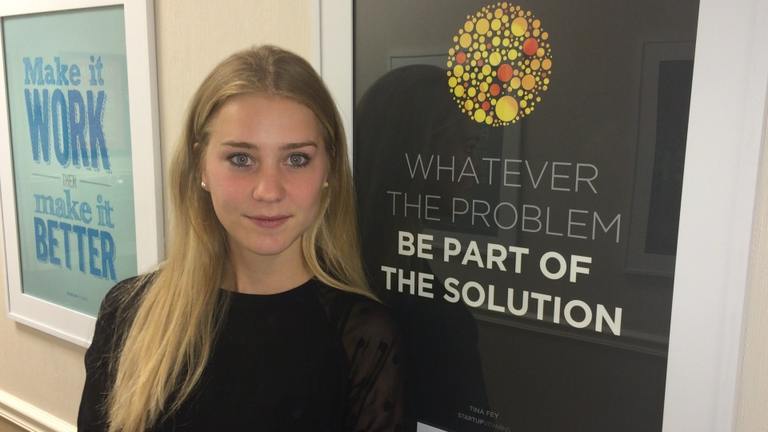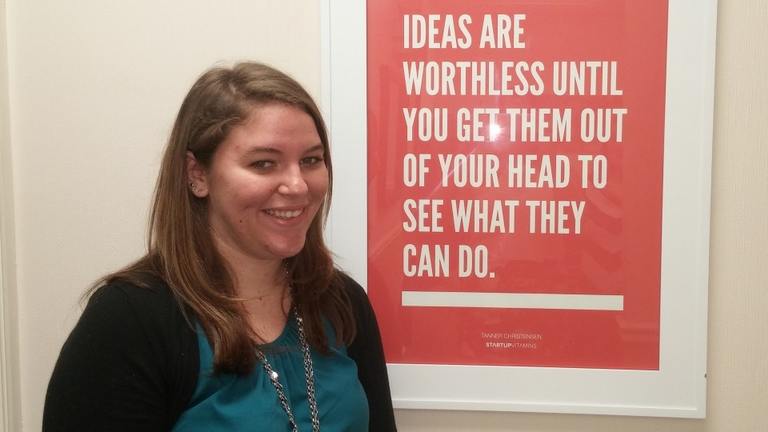
Avoid Costly Marketing Mishaps, Get to Know Your Audience

If you get asked, “Who are you marketing to?” or “Who are you trying to reach?” You may have a simple answer to this: “My customers.” However, it isn’t always that simple. There are many factors that should be considered when developing audience profiles and communicating with them.
Before you publish your first social media post, consider who your audience really is. What generation are they? What are their values? How do they get their information? What are their problems or concerns? These questions could help you target your ideal customer base and also help you avoid costly mishaps in your marketing.
Knowing your audience (who they are and what they want/need) is critical. Here are some effective ways to get to know them:
- First, what is your audience’s demographical information (age, sex, race, household income, etc.)?
- This information may seem surface-level, but it is valuable. Think of it as getting to know someone or making a new friend – you need to learn about them. What makes them tick?
- Second, analyze your audience’s psychographics. What are their touch points? Pain points? What do they care about? These questions will help you get to know them deeper.
- If you can solve their problems and be a resource for them, you create a deeper relationship with them beyond a transaction. Trust is built.
- Third, based on this information and environmental factors (where you live, cultural situations, etc.), learn how they prefer to be communicated with.
- This can help narrow your marketing from the 1000 Ways to Market Your Business (yes, we have a podcast!) to a handful of strategies that have the best chance of results. For instance, if you are a clothing company for teenagers, you should have a heavy presence on Instagram and TikTok. You should avoid LinkedIn and sometimes Facebook. Don’t forget about the other ways to help market to your audience, like email campaigns, search engine optimization, pay-per-click, advertisements, and more. These should be used as applicable.
Follow these steps to ensure you get the right message to the right audience. That’s key for generating maximum ROI on your marketing. If you’re trying to sell clothes to a teenager on Facebook, you’ve missed the boat. If you’re trying to reach seniors considering a nursing home on TikTok, that’s likely not going to work either.
Know your audience, know how to reach them, know how to create results.
Your audience will tell you what they want to see from you. Pay attention to your data (Google Analytics, social media engagements, email open and click rates) and two-way communication tools (social media comments, review sites, etc.) to help gain insights into this.
To avoid missteps or a crisis, get to know your audience and their pain points. Sometimes, this means not jumping into trending things because it made other companies go viral. Knowing their sensitivities and interests can keep them from hitting “unfollow” or speaking negatively about your company.
When developing a marketing plan, audience identification is key. This helps to shape what you say, how you say it, and where you say it. Your main message is based fundamentally on the receiver of it. Remember this, and your marketing should be one step ahead!
If you need help identifying your audience and/or reaching them effectively, contact us. We are here to help.
This article may not be copied, reproduced, or distributed without Pushing the Envelope’s prior written consent. All information is as of the date above unless otherwise disclosed. The information is provided for informational purposes only and should not be considered a recommendation to purchase any product or service presented or provided by Pushing the Envelope. The information does not represent legal advice; recipients should consult their respective advisors regarding such matters. This material may not be suitable for all businesses. Neither Pushing the Envelope nor any affiliates make any representation or warranty as to the accuracy or merit of this information for individual use. Information contained herein has been obtained from sources believed to be reliable but are not guaranteed.
You May Like

What I've Learned So Far In My PTE Internship
By: Natalie Bollt It is safe to say that I have learned more in these past weeks interning at Pushing the Envelope than I could have ever imagined. While the courses I take at the University of Miami are educational and provide textbook information on the industry, this internship has

PTE Welcomes Our First International Intern, Wytske!
Written By: Wytske Rijpkema Hi Everyone, My name is Wytske Rijpkema and I’m thrilled to be the new and first international intern at Pushing the Envelope. I was born in a small village in the north of the Netherlands, where I grew up on a farm with my father (who

What I’ve Learned So Far In My PTE Internship
I can’t believe that I have been at this internship for more than a month now. Not having any experience at a PR firm, I wasn’t sure what I was getting into when I started. I was pretty nervous on my first day and didn’t really know what to expect